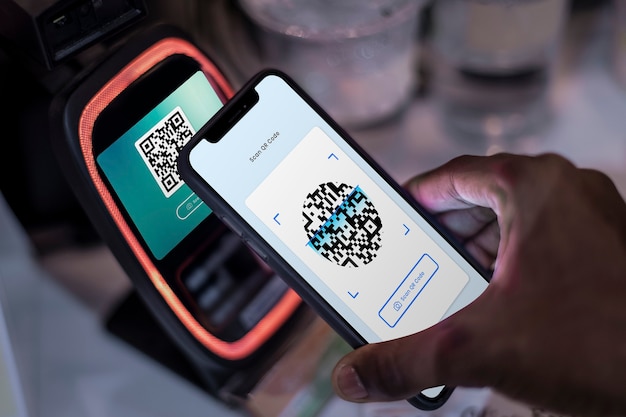
Field Services: Top Five 5G Wireless [Site Survey] use cases

5G wireless use cases
This revolution, similar to all others, is being sponsored. The initial expenses of these enhancements to 5G infrastructure can be huge and shoppers have already shown their intolerance of tariff climbs. In this way, to recover those expenses, telecom organizations should offer new classes of services to new client segments, for which 5G has made arrangements. Clients need to accept that 5G wireless can do accomplishments impossible for 4G.
1. Driverless vehicles. For a world at risk for spiraling down to lose 1,000,000 of its species by 2030, you may figure the objective of eliminating drivers of moving vehicles would be to some degree lower on the list. In any case, the instance of autonomous vehicle (AV) use exposes one of the crucial requirements of present-day wireless infrastructure: it needs to connect individuals progressing with PCs they can depend on to save lives, with almost zero latency.
2. Virtual reality (VR) and augmented reality (AR). All together for a cloud-based server to provide a trustworthy, real-time detecting environment for a wireless network client, as mobile processor creator Qualcomm contended in a new show, the connection between the server and its client may have to deliver as much as 5 gigabits each second of bandwidth. Moreover, the nature needed to compute the AR workload may, truth be told, need that such loads be routed to servers found nearer to their clients in systems that are relatively unhampered by the corresponding workloads dealt with by other clients. All in all, AR and VR may in any case be more qualified for small cells.
3. Cloud computing. The Internet isn't only a channel for content, yet makes it simpler to connect with wide area networks (WANs). Wireless 5G offers the capacity to deploy cloud benefits a lot nearer to clients than most Amazon, Google, or Microsoft hyper-class server centers. In doing so, 5G could make telephones competitors with these cloud service providers, particularly because of the extreme intensity and crucial workload. This is an edge computing situation you may have known about: Bring processing power forward, nearer to the client, limiting delays because of distance. If latencies can be eliminated enough, applications that already need PCs can be ported to smaller gadgets - maybe even mobile devices that themselves have less processor power than the average cell phone.
4. Internet of things.In a family with low latency 5G network, the present so-called "smart gadgets" that are cell phone class PCs could be replaced by dumb terminals that take their guidelines from edge PC systems close. Kitchen appliances, air cooling systems, and all the more significantly, health monitors would all be able to be made simpler to deliver and control. The role played today by IoT hubs, which a few manufacturers are producing today to help out Wi-Fi routers, could in the future be played by 5G transmitters in the local areas, acting as service centers for all outbreaks of their coverage regions. Moreover, machine-to-machine (M2M) communications empower situations in which gadgets, for example, manufacturing robots can facilitate with one another for development, assembly, and different errands,under the aggregate direction of an M2M hub to the 5G base station.
5. Medical services. The accessibility of low latency network availability in country regions would provide progressive basic treatment to people from one side of the country to the other. Patients in small communities would now don't be compelled to increase their lives and move to bigger urban areas, away from the livability they know and love, just to get the better level of medical care to which they need to be entitled. As preliminaries in Mississippi have demonstrated, network availability to 5G-level providers in rural and remote areas can get real-time guidance and support from the best medical specialists on the planet, any place they might be.
To empower the transition in homes and organizations, telecom companies are now looking to move clients into a 5G enterprise gateway, even before most evident 5G services still exist. More to the point, they lay the "establishments" for technology tracks that can be all the more handily moved up to 5G, when these 5G services are open. The first place you need to start when deploying WiFi is with a site survey.
As per the ZDNet article, it's not just us
individuals who deserve services. There will be a great deal of software-defined
network services. If you take a look at this about massive machine-type
communication [mMTC], in the past it's essentially been the individual who
talked with a human-like, if we are the internet, the individual who asks
services and experiences of software. As we move ahead, we will have software
as the applicant, and that software will talk with software-defined networks
will change.
Here is a detailed list of wireless site field services that come with predictive WiFi & 5G network designs.